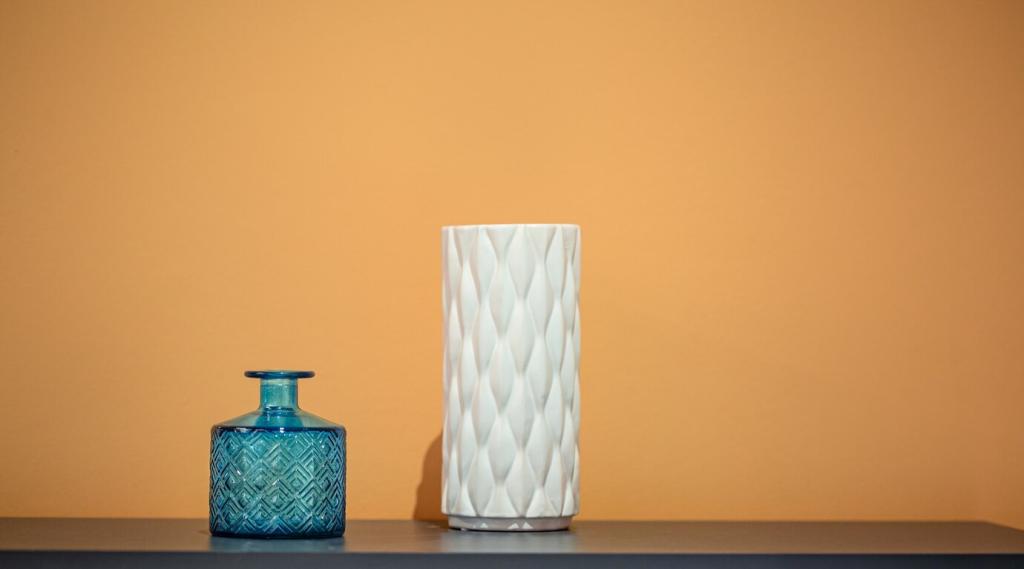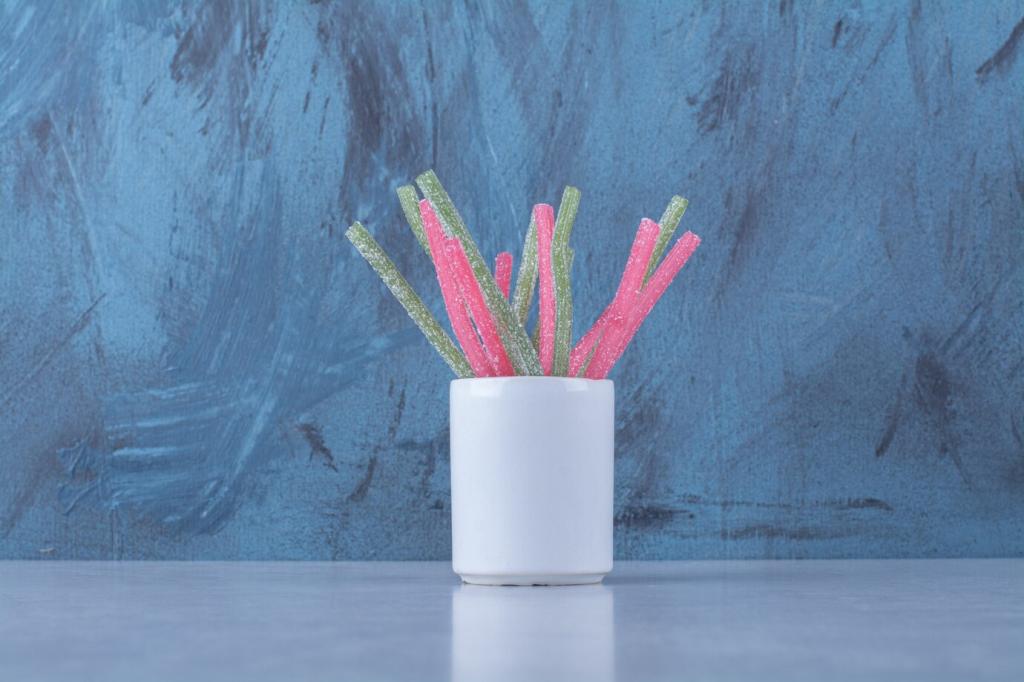Discover how simplicity in design can create stunning interiors that speak volumes. Minimalistic spaces strip away the unnecessary, allowing form, function, and light to guide the eye through purposeful arrangements. The right choices in furniture, color, and arrangement can cultivate a sense of calm and clarity, making even the smallest of rooms feel sophisticated and expansive. With a focus on intention and harmony, minimalism offers a way to live with less while experiencing so much more.
Redefining Space
Minimalistic design reinterprets what it means to use space effectively. Rather than filling every inch with objects or décor, it leverages open areas as an integral part of the aesthetic. Negative space becomes just as important as the pieces within it, creating an airy and tranquil environment that draws attention to what truly deserves focus. This approach cultivates a sense of freedom and expansiveness, even within compact homes, helping to counteract the chaos of busier lifestyles or cluttered thinking.
Balance and Functionality
In minimalistic interiors, every choice must serve both a visual and practical function. Furniture and accessories are streamlined, selected for their clean lines and adaptability. Rather than crowding spaces with superfluous items, designers prioritize innovations that integrate storage or multifunctionality. The result is an environment that supports daily living with understated elegance, where each item has a logical purpose and contributes to the overall harmony of the room.
Materials and Color: Less but Better
Purposeful Palette
A minimalist palette does not mean monotony. Thoughtfully curated colors, including shades of white, grey, and muted earth tones, evoke a sense of tranquility and spaciousness. Accents in bold hues are used sparingly to draw the eye and underline architectural forms or meaningful possessions. The careful restraint with color selection not only anchors the space visually but also provides the psychological benefit of calm and clarity, insulating inhabitants from daily stress.
Textural Contrast
With fewer items in the room, each material gains greater significance. Subtle shifts in texture—such as matte versus gloss, or natural stone next to polished metal—create layers of interest without clutter. Organic elements like wood add warmth, while pristine surfaces evoke cleanliness and modernity. This mindful composition encourages touch and interaction, making the space inviting despite its simplicity. Texture, when used with purpose, acts as a quiet statement that enlivens the senses while respecting the core principles of minimalism.
Quality Over Quantity
Investing in fewer, higher-quality furnishings and finishes is a hallmark of minimalistic impact. Each piece is chosen for longevity, timeless appeal, and the ability to withstand fleeting design trends. The focus on durability and craftsmanship brings substance to the space, reducing waste and nurturing a deeper connection to one’s home environment. By privileging meaningful purchases over indiscriminate accumulation, minimalistic design supports sustainability while cultivating a setting that feels simultaneously modern and enduring.

Thoughtful arrangement is at the heart of a calm environment. Furniture is positioned to promote good flow, ease of movement, and balanced sight lines. Visual clutter is minimized, with objects organized either out of sight or in deliberate groupings that serve aesthetic or sentimental purposes. By only displaying what truly matters, minimalistic spaces naturally encourage mindfulness and appreciation for one’s surroundings, reducing cognitive overload and supporting a sense of restfulness.

To achieve true serenity, minimalism deploys more than just visual restraint. Acoustic and tactile considerations—such as choosing soft textiles, thick rugs, or sound-absorbing materials—help buffer noise and reinforce a sense of peace. Scented candles, diffusers, or the natural smell of unfinished wood further contribute to a soothing atmosphere. When carefully harmonized, these sensory elements create a cocooning feeling that supports clarity, focus, and mental renewal.

Minimalism may be about less, but it is never impersonal. With a pared-back foundation, signature pieces—be they heirlooms, travel mementoes, or works of art—have room to shine. Each object becomes a focal point, receiving the attention it deserves and telling a story unique to its owner. This thoughtful curation results in spaces that feel both personal and uncluttered, allowing inhabitants to express themselves with intention rather than abundance.
